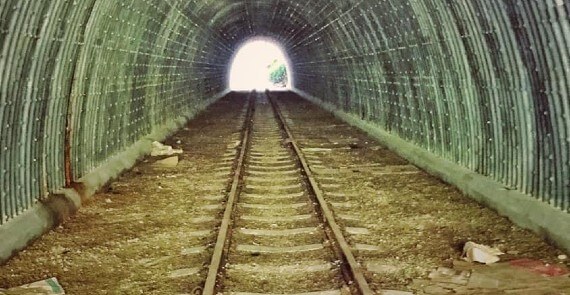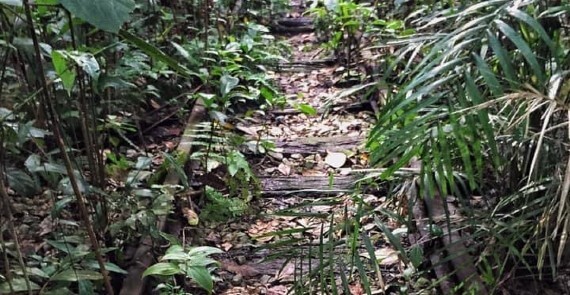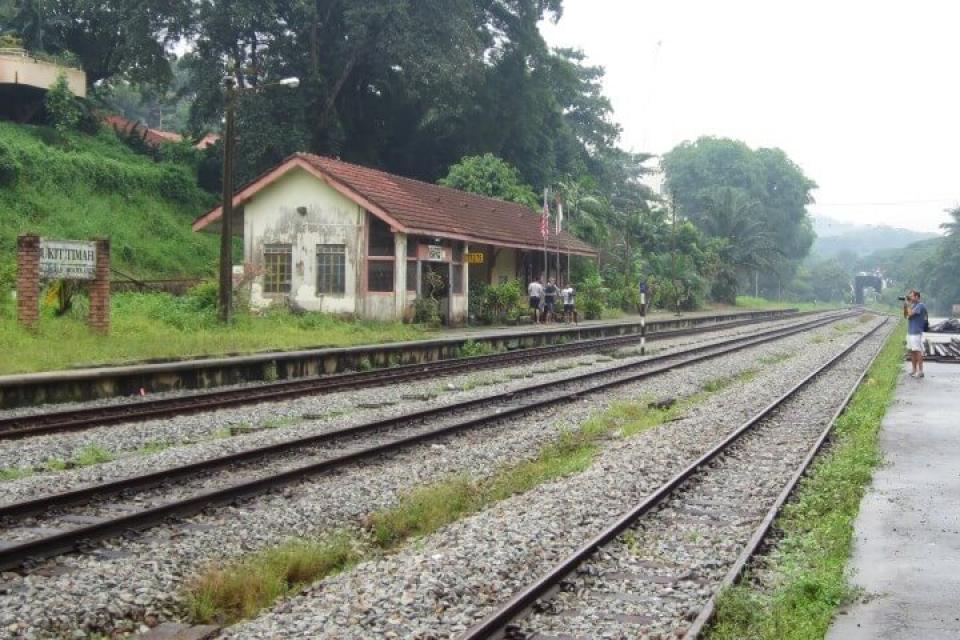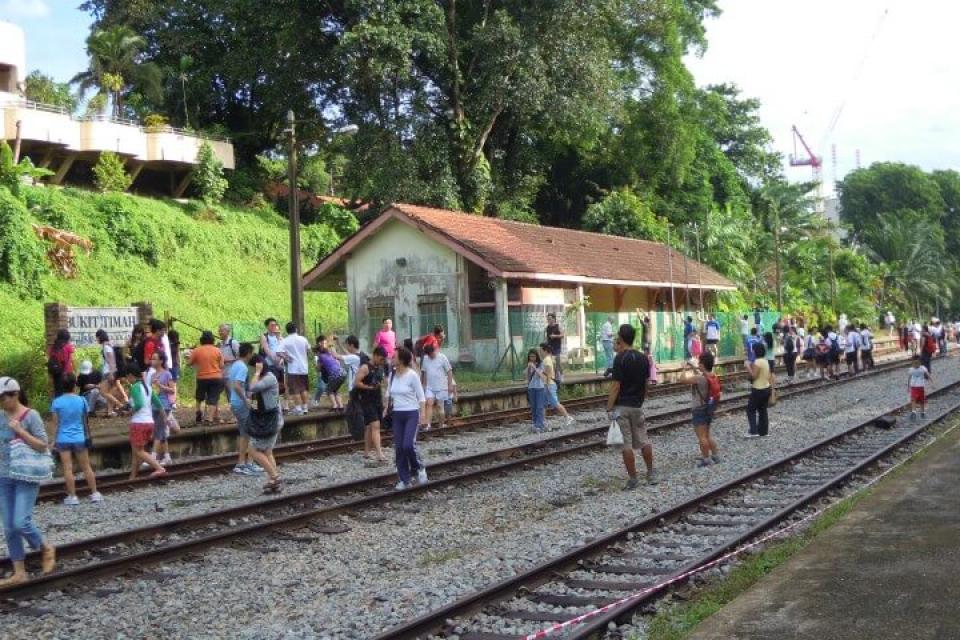This historical landmark in Singapore is not your usual to-visit place on your guidebook to Singapore attractions. However it does have the wow (or wild) factor for those that dare ventures onto it. I call this “The Lost Railway to Jurong”
It is friend that I’ve not seen for more than a year now. Hence always glad to renew our friendship that dates back all the way to the early 90s. For those who have stayed long enough in Singapore, you may remember the days when the railway used to run all the way from Woodlands to Tanjong Pagar. This was known as the North-South Line.

What many were not be aware of was the existence of a westward line called the Jurong Line. The 14-km Jurong Railway Line was completed in 1965. It was used by trains to carry cargoes from Malaysia to the Jurong industrial area. Passing by warehouses, refineries and plants, the line ends at one of the ports in Jurong.
The Jurong Line branched off from the Bukit Timah Railway station. A little background about this station, it was constructed in 1902 & opened in 1915 as part of the Singapore-Kranji railway system. The government of Federal Malay States purchased the entire Singapore-Kranji Line in 1918 for a sum of $4.13 million. It was subsequently owned by Keretapi Tanah Melayu Berhad (KTMB).

The Bukit Timah Station followed the style of the traditional small town stations that were common in the United Kingdom and Malaya. It is single-storey brick building with an open-sided waiting hall that fronts the main railway line with an open platform.
Constructed with six clearly expressed structural bays, the quaint building houses the station masters office, an open waiting area, closed waiting area and a signals office. Its cosy country cottage appearance has made it an endearing local landmark. In April 2011, the government announced the conservation of the Bukit Timah Railway Station.
However, the importance of the Jurong Line declined rapidly due to low usage and it was finally retired in the late 80’s after Ayer Rajah Expressway (AYE) was built.
I started trekking the old Jurong Line in the early 90s. In the mid-90s, about 1 km of the railway tracks starting from Bukit Timah railway station were removed. Over time, the forest grew thick and many do not remember the existence of this stretch of the railway tracks anymore.
Some notable sights along the old Jurong Line will be the short iron cast bridge that spans over Sunset Way. And then there is the magnificent iron bridge almost 10m tall that extends over Sungei Ulu Pandan and connect the Jurong Line westward towards Teban Garden.
Forgotten over the years and without maintenance, the iron tracks have rust all over them and the wooden sleepers have rotted due to daily exposure to sun and rain. It used to be a favourite place for abseilers and was also featured in a music video by Kelly Poon. Both these bridges are now boarded up and entry is forbidden. Other interesting sights include the railway tunnel that runs below Clementi Road plus another super long tunnel under the Teban Flyover.
















